Opinion: Apple’s M4 iPad Pro Checks All the Boxes



Apple released two new iPads Pro with the M4 processor and two new iPad Airs with the M2 processor at its "Let Loose" event. Both are available for purchase as of May 7, 2024, and shipments begin May 15, 2024. Though the updates to these devices are mostly iterative improvements over the previous versions, they essentially check all the boxes on my wishlist, making this, in my estimation, the finest update I’ve seen to iPads and the ideal time to upgrade.
What’s Up with the M4 iPad Pro?
The big ticket upgrades to the Pro models are iterations, but the good kind. They solve exactly the problems I wanted solved:
- The two iPad Pro tablets are slightly thinner, significantly lighter, and still somehow with slightly larger screens.
- They feature OLED displays! OLED offers exceptionally vivid color and brightness. One neat feature of OLED is it uses less battery to render blacks and more battery to render whites, which could potentially affect battery life dramatically and makes some always-on features a lot more useful.
- They moved the FaceTime camera to the correct position: on the long (landscape) side of the iPad.
- The processor is more powerful again, as always.
- The new Apple Pencil Pro tracks rotation and includes haptics and a new squeeze-based tool menu.
- The new Magic Keyboard for iPad is lighter and has function keys.
If all you wanted was a quick rundown on what’s new with the iPad Pro, then you can stop reading. The rest of this article is just going to be me gushing about why those specific things are exactly what I wanted and needed, along with nothing that I didn’t need.
Why the M4 iPad Pro Is the Bee's Knees
The iPad is the device for hobbyists. For me, that ranges from binge-reading my latest sci-fi obsession, keeping my reference material close at hand while running D&D games, following YouTube tutorials, and doing 2D art for my game design company. For these kinds of things, the iPad is the ideal tool. But my iPad Pro 12.9” (5th Generation) has some problems, and they’ve been present in all the Pro model iPads for a while. The latest iteration, the 7th generation, fixes them all.
The new seventh-generation iPad Pro 13” is almost a quarter of a pound lighter! The previous generations of the 12.9” model are too heavy, and this was a problem. Once my 5th Gen is in a satchel or backpack, I can’t tell the difference between it and my Macbook, which means it's not any more portable than my laptop, but it is vastly less powerful and versatile. To really capture the portability argument for the iPad, the new iPad generation needed to get a lot lighter, and lo, Apple made it so.

The new 7th Gen offers a glare-reducing glass treatment—the same one available for their premium monitors. Though, unfortunately, this is only available for the iPad Pro models with 1TB or 2TB of storage. Why you’d need more storage to justify the anti-glare coating seems a mystery to me, since the screen and the storage drive could not be more separate. Perhaps Apple will eventually make the treatment available on all models? In any case, the screen on my fifth-generation iPad Pro is bright enough for outdoor use but picks up too much glare, so again, the new generation solves my problem precisely, and I hope they do make it available on the lower-end Pro models.
An Ode to OLED—Better Battery, Better HDR
Speaking of displays, the backlight on my 5th Gen inhales battery life, so leaving it on for hours at a time for background videos, photo display, or useful reference material gets iffy without plugging it in. While the new 7th Gen doesn’t list a better battery life (on the spec sheets, they both list 10 hours max), the new OLED displays use way less battery to render darker colors, so leaving my reference material up with the iPad in Night Mode could greatly improve battery life. Plus, OLED displays look incredible. Specifically, OLED is the best display technology for high dynamic range (HDR) content, rendering deep blacks and luminous lights. I'm a big fan of HDR. If it comes to a choice between a 4K (or 8K or 10K) upgrade vs an HDR upgrade, I'd choose HDR every time. Increasing the resolution with a move from HD to 4K just adds more detail, whereas improving HDR makes the image brighter and more striking in a way that can be breathtaking. Plus, iPhones already take HDR photos and videos, so displaying them on the new iPad's OLED displays will look incredible.
No More Thumb Over the Camera
Then there's the cameras. The seventh-generation iPads Pro finally put the FaceTime camera in the right place. The position of the Face ID camera on my fifth-generation iPad Pro is wrong, and annoyingly so. It’s taken Apple all these years to figure out what everybody already knew: the camera goes on the long side.
M4—The Chip to Rule Them All
Here's another thing everybody already knows: the new iPad is faster than the old one. This iPad Pro series debuts Apple's fourth generation of silicon laptop processors, the M4. This screaming-fast little thing comes with 4 performance cores and 6 efficiency cores, plus 10 graphics cores and 16 neural cores. Yep, it's faster again. Does it need to be? Unclear. I’ve never put any material stress on my current iPad’s M1 processor. It’s been vastly more powerful than I needed ever since they moved to the M series, but that's because I do all my heavy lifting with my MacBook. Pop this iPad into a dock for a monitor, keyboard, and mouse, and you could get some real work done... maybe even laptop-scale heavy lifting. I'm still skeptical of the idea of an iPad as a laptop replacement, but it's possible that with this generation the age of the iPad is finally nigh.
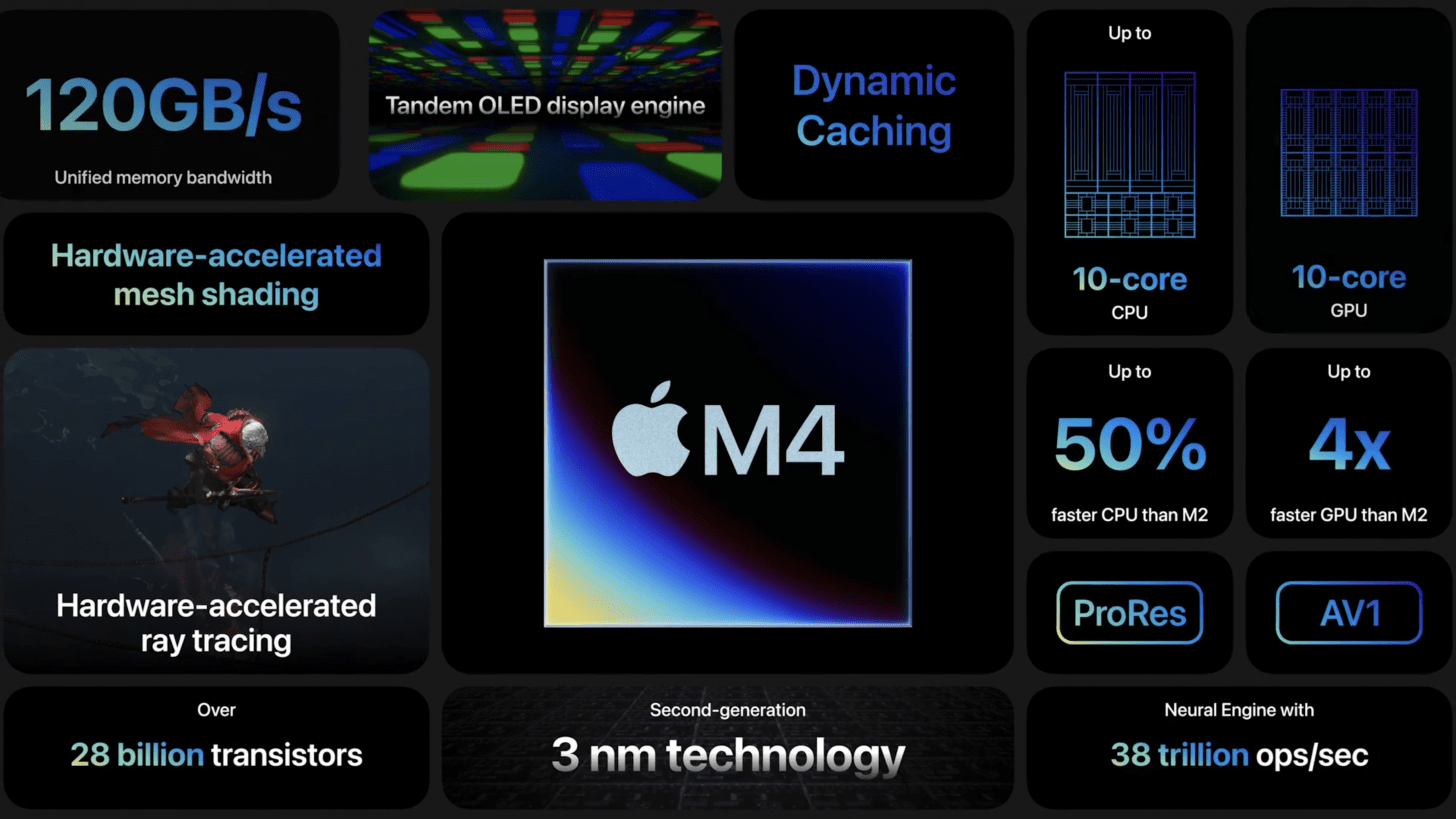
Accessory Updates I'll Actually Use
The new accessories also rock! If you like to draw, do calligraphy, or paint, then you will have noticed that the old Apple Pencil is lovely for sketching but could never do calligraphy because rotating it doesn’t imitate the rotation of a brush or pen handle. The new Apple Pencil Pro neatly addresses this.
Then there’s the new Magic Keyboard for iPad Pro, redesigned to be lighter and include haptic feedback in the trackpad as well as the row of function keys. I never got to enjoy the Magic Keyboard before because it was too heavy, especially when paired with my already heavy iPad Pro. Again, as before, Apple is solving the problems I have, not problems I don’t have.
Deep Learning AI Solves Problems, Doesn't Create Them
Speaking of problems I don’t have, we were expecting the announcement of AI-related features with these iPads. Most of those announcements will probably come with the release of the updated operating systems in September, but a few little updates did sneak out with the release of the new iPad generation. iPads will use deep-learning AI to figure out how to take better scans of your documents, to help video professionals isolate performers from their backgrounds in Final Cut Pro, and to help audio professionals isolate rhythm or vocal elements in an audio track in Logic Pro. These are the sorts of things that deep-learning AI is good at and the sorts of problems I want to see it solve. What Apple didn’t announce (yet) is any kind of generative AI tool like Chat GPT to solve problems I don’t have and do things I didn’t want, like compose my text messages or reorganize my presentation slides.

At the end of the day, this is the kind of iterative update I can get behind. Better HDR with OLED displays? Sign me up. Lighter, faster, more powerful? Great. Lighter, more versatile peripherals? Excellent news. Keep it up, Apple. This iPad rocks.

Cullen Thomas
Cullen Thomas is a senior instructor at iPhone Life. For ten years as faculty at Maharishi University, Cullen taught subjects ranging from camera and audio hardware to game design. Cullen applies a passion for gadgetry to answer questions about iPhones, iPads, Macs, and Apple cloud services; to teach live classes; and to specialize in the privacy and security aspects of the Apple ecosystem. Cullen has dual degrees in Media & Communications and Literature, and a Masters degree from the David Lynch Graduate School of Cinematic Arts.
Offline, Cullen designs videogames with Thought Spike Games, writes fiction, and studies new nerdery.
Mastodon: @CullenWritesTech@infosec.exchange
Email: cullen@iphonelife.com
Signal: @cullen.99
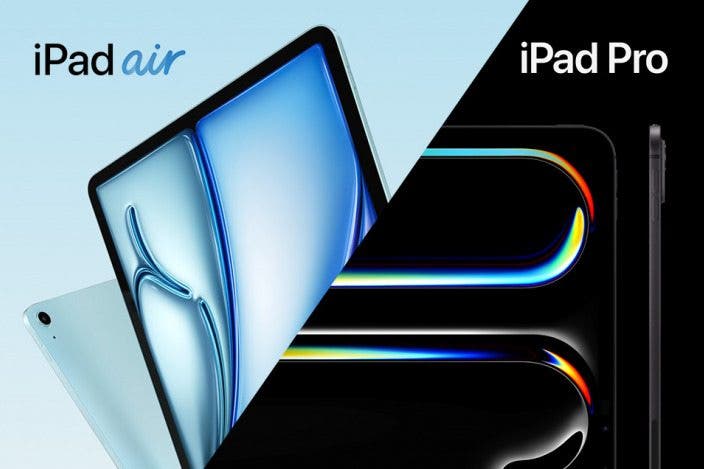
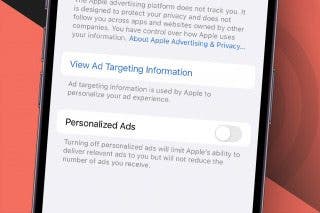
 Rhett Intriago
Rhett Intriago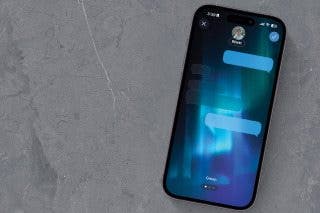

 Rachel Needell
Rachel Needell
 Olena Kagui
Olena Kagui

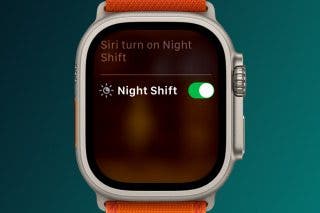
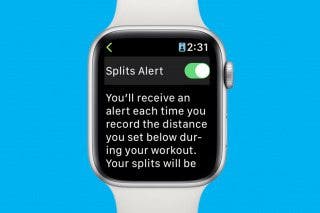
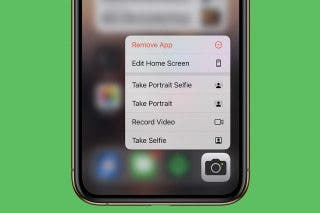
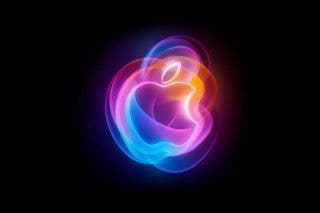
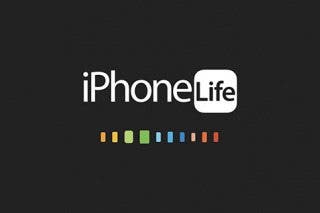
 Susan Misuraca
Susan Misuraca

 Leanne Hays
Leanne Hays
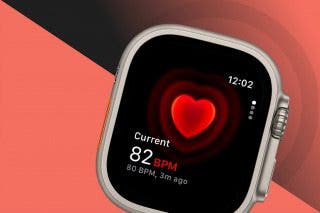
 Amy Spitzfaden Both
Amy Spitzfaden Both